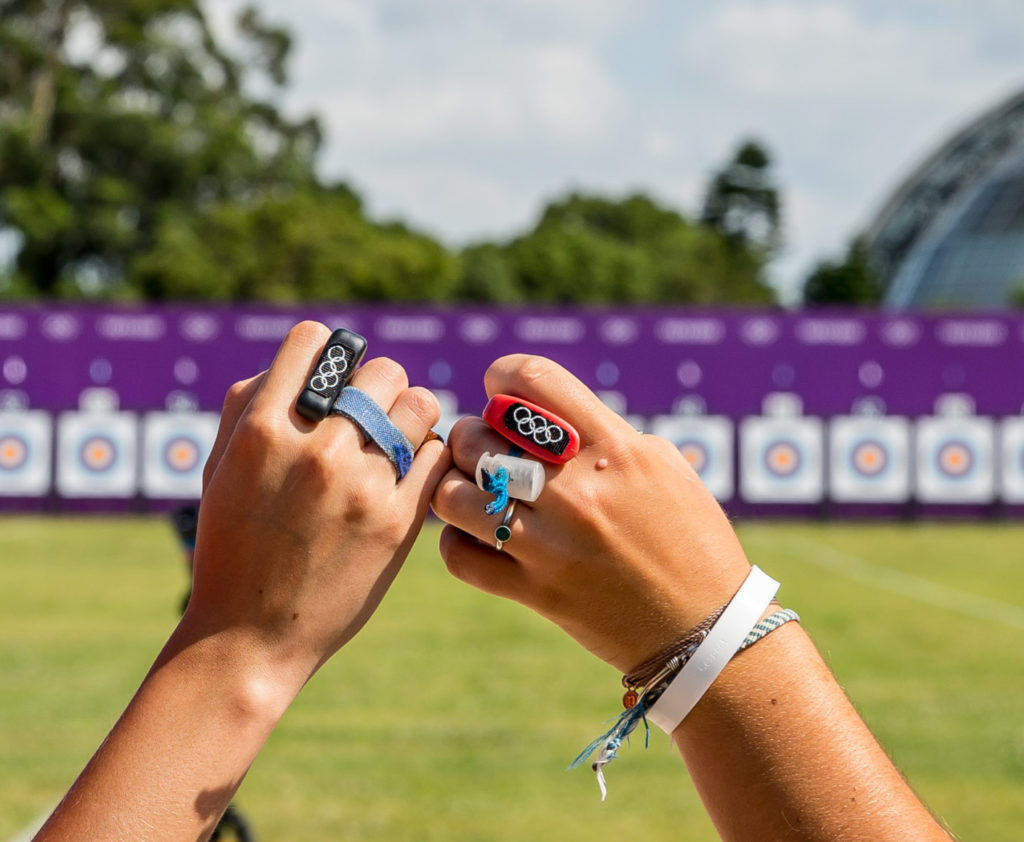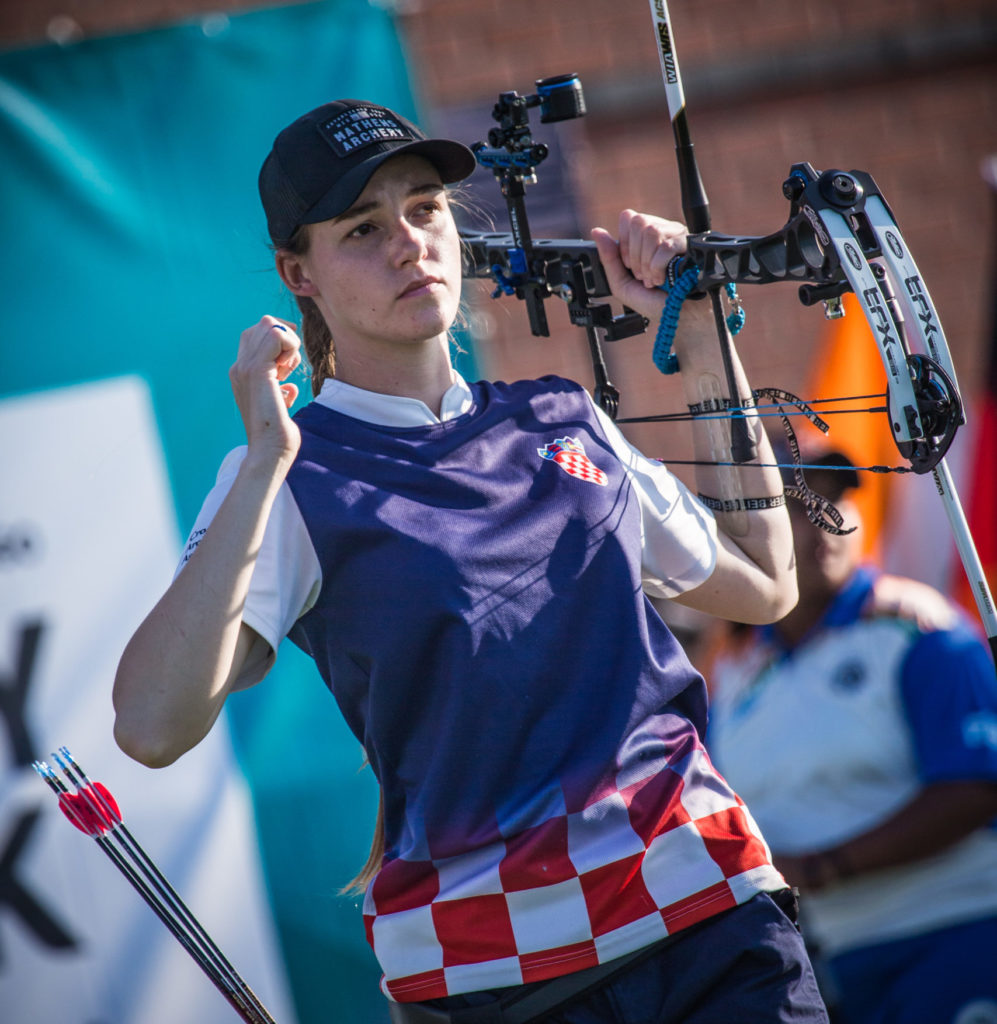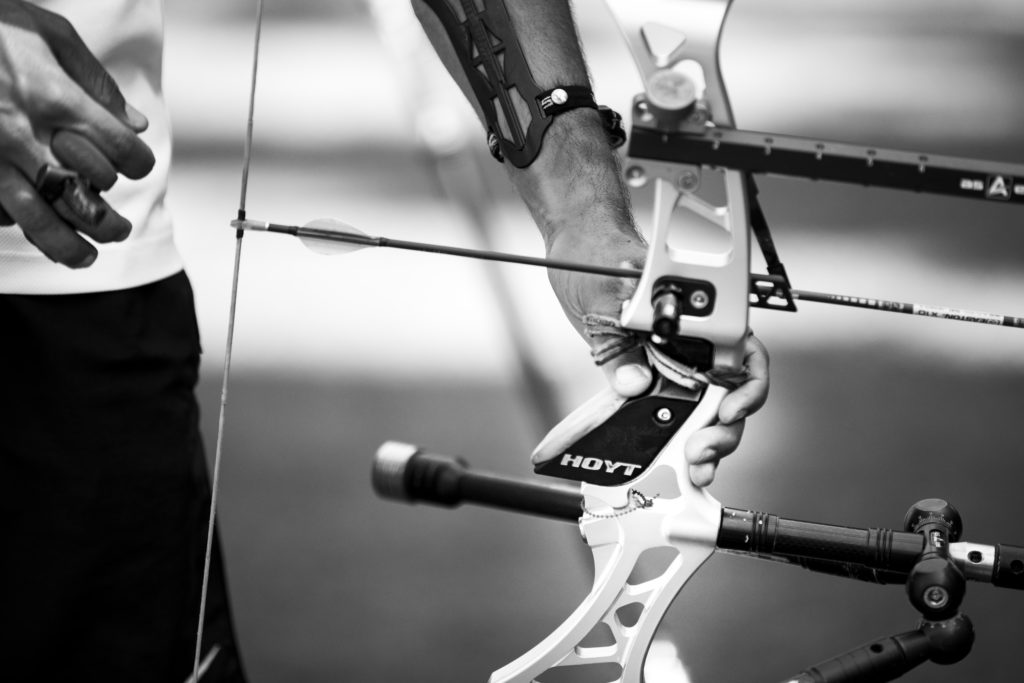A lesson on achieving higher accuracy – for those just starting. With Roy Rose
The obvious objective of an archer, of any discipline, is consistent accuracy. This goal is no secret. What is required is repetitive duplication. If it was physically and mentally possible to make every shot an exact video replay of the previous, then all our arrows would group in the one spot.
That possibility, of course, is hampered by the reality, that our arrows are ‘human’, and both from the physical and mental standpoint, duplication remains an improbable outcome. I say improbable because we are all aware that with a compound bow in particular, in the hands of an elite professional perfect scoring over the course of a specific round, genuine consistency is attained.
So allowing for our human frailty, what constitutes our best chance of achieving at least reasonable repetitive accuracy? Although a less than perfectly set up and tuned bow would still be capable of superb accuracy out of a shooting machine, the logical first step in the quest for your ultimate accuracy, must focus on your equipment.
A well set-up bow with matched quality arrow, finely tuned, offers you a starting point. The equipment at this point will do its part, so what ingredients must the archer bring to maximize his or her chances of this ‘video replay’ performance we all aspire to?
Attaining repetitive form and execution can only eventuate from application and consistent practice. Immediately the recreational archer is disadvantaged because practice time is limited by many factors, work, family and other restraints. The basics of good form and execution become the foundation pillars on which the archer must rely to make the best use of the hours at their disposal.
These foundation pillars are our prime guarantee of a positive outcome, and the first of these is comfort. Making that dozen or so seconds from when the arrow leaves the quiver, until its departure to the target as comfortable as is humanly possible, is undoubtedly a major first step in our quest for duplication.
“Comfortable is Repeatable” is the absolute foundation from which elite archers operate. Holding poundage at full draw, and functioning clearly under the mental demands of competition, is hardly conducive to “comfortable”.
Nonetheless, correct stance, positive body positioning, a down front shoulder, an anchor which best suits your facial structure, and details like, as just one example, the release aid choice with which the archer executes most fluently. All these various ingredients constitute a solid base from which to promote the goal of duplication.
Alignment is our second foundation pillar, which works hand in hand with the form preparations already in place. Straight line alignment between the front and back halves of the shot is a critical component in the quest for accuracy, especially if you’re a recurver. It’s simple physics at work. If we function in one straight line, the comfortable break of the shot is maximised.
Lack of this alignment will produce an exaggerated oscillation of the string upon release and an obvious likelihood of a lateral left and right pattern at the target. Compounders, with a loop and a one-point release directly behind the nock, have an immediate advantage, but the truly elite still display superb alignment.
Our third foundation focus is the application of an unanticipated release as a vital final cog in the quest for supreme accuracy. Every national and international level recurver in the world shoots with a clicker – which provides a draw check – a tension check, and most importantly, a trigger.
A tiny minority of the world’s elite compounders have enjoyed success by commanding the shot, or ‘punching’, as it’s commonly termed. Almost without exception, archers who execute in this way run into anticipation and target panic maladies, even at the elite level.
So why is it so necessary to function with a surprise or unanticipated release in order to maintain accuracy? The human body has an automatic, built-in reaction to any assault upon our senses, which exercise and sports physiologists refer to as IBF – Impact Brace Factor. An unexpected noise startles us, an impending fall or blow directed towards us sees us brace with our arms.
It is an instinctive automatic reaction. Clearly then, IBF is an obvious impediment to composed execution if the archer is dictating the precise instant of release. By incorporating an unanticipated release past the clicker, or by compound release manipulation until the shot breaks by surprise, the negative impact of IBF is nullified.
Ultimately, the simpler and more straightforward your whole routine is, the easier it will be to duplicate it. One major error that often pervades the average archer is the thinking that constant fiddling with both gear and form will eventually lead to some magic conclusion. If one is seeking duplication, change is a logical enemy.
Certainly tiny refinements may be necessary along the road to excellence, but if you watch the greatest archers’ form and execution a decade ago, and you watch it now, you will almost certainly be watching exactly the same thing.
Their routine is video replay like, arrow after arrow, and has been for ages. Almost invariably, all sports emphasise the imperative of mental toughness as the indispensable cog in podium supremacy. Perhaps more so than in any other sport, and because ours is just one simple 15 to 20 second process. Mental fortitude is an essential requirement, and some will have a natural composure others may lack, or need to enhance. But it can be developed.
So, in summary, if the archer can combine a properly set up and tuned bow, with matched shafts, along with a physical form set up that is comfortable and thus repeatable, then add in 180 degree alignment and a fluent, unanticipated release phase, you are in the best place possible to achieve your ultimate level of consistent accuracy, and being the very best you can be.




